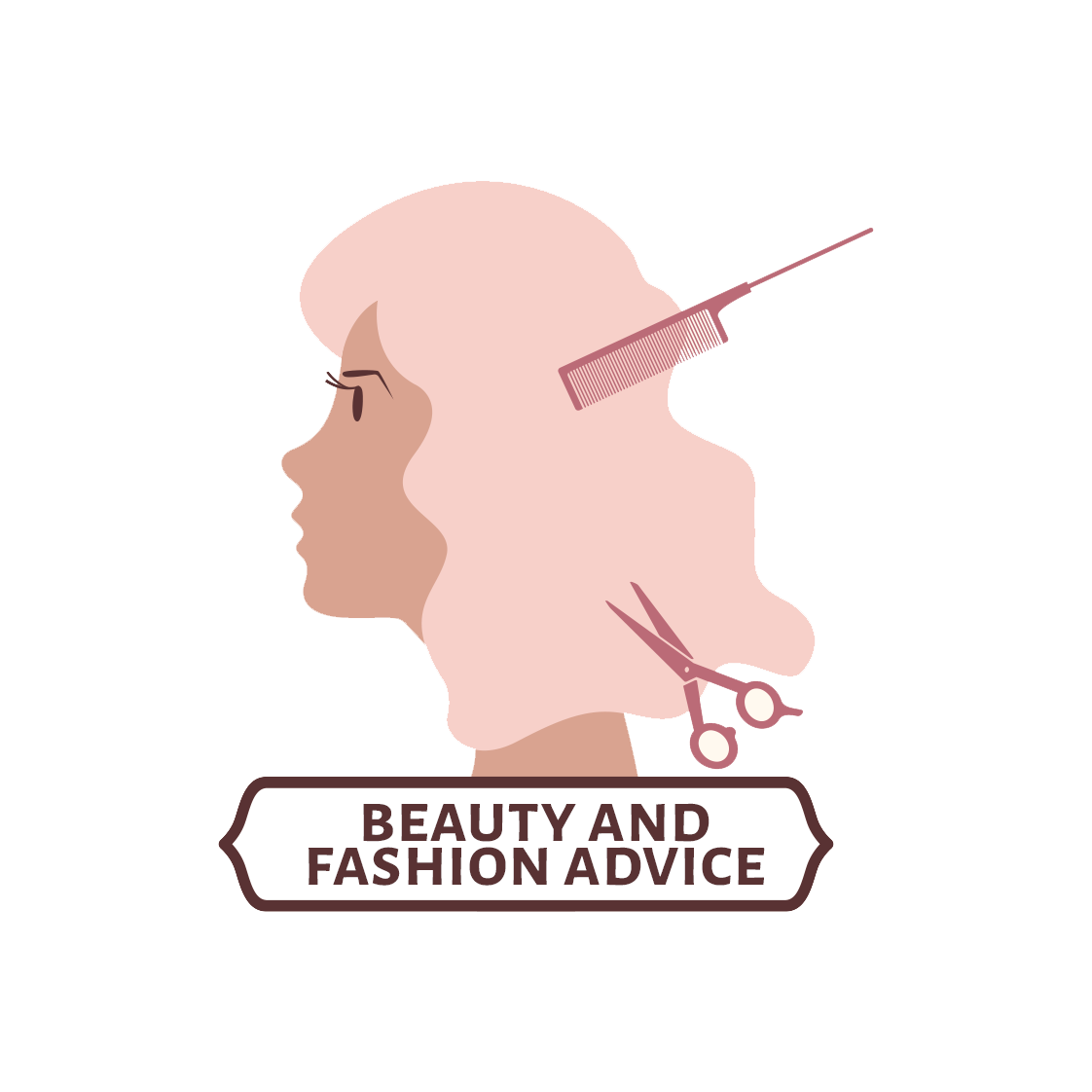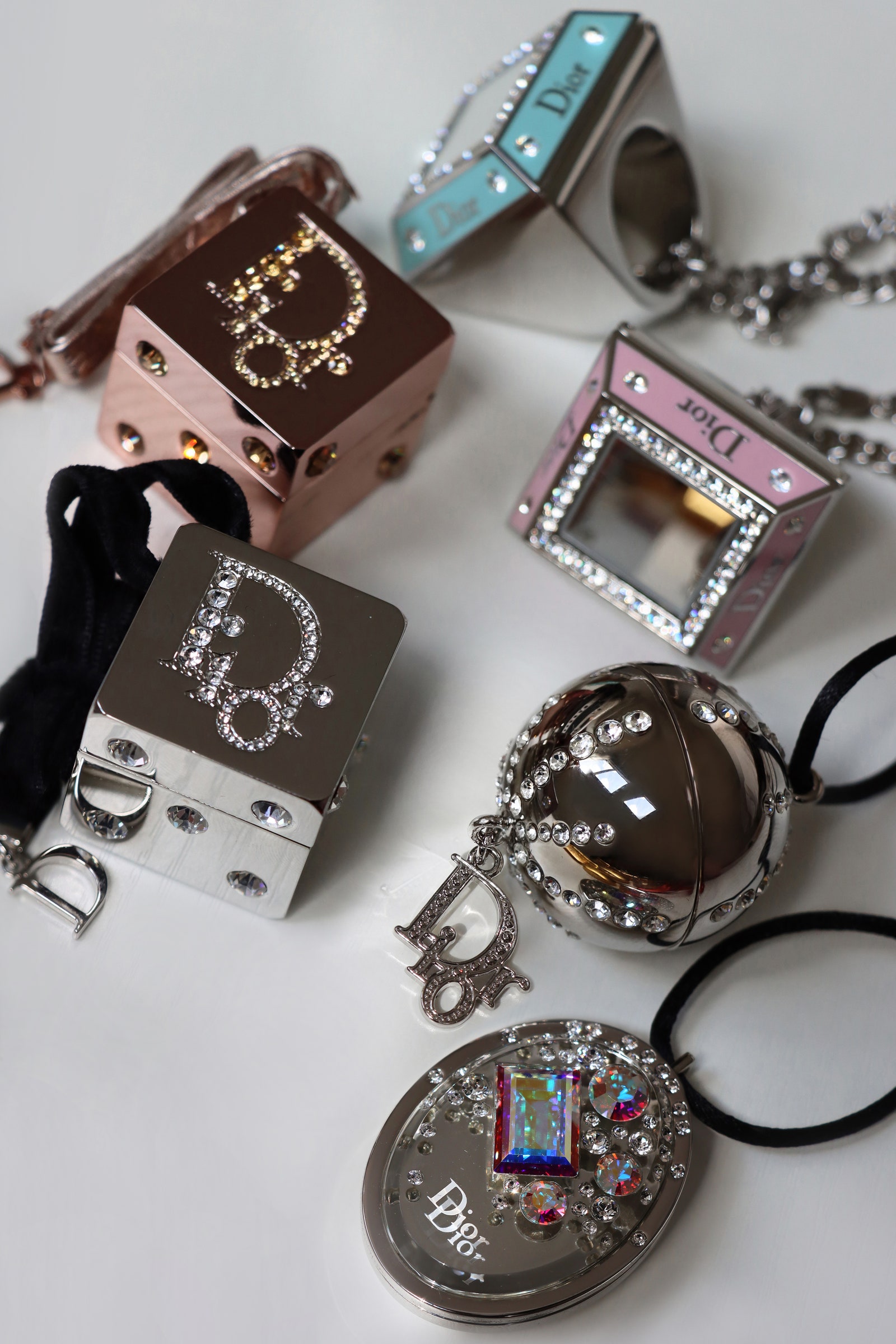V: How many pieces are in the collection?
LS: I currently have 119 Yves Saint Laurent/YSL Beauty items on display and 47 of my most favorite Dior Beauty collectibles under glass. The two collections consist of complexion compacts, collector eye palettes, compact mirrors, brushes, liquid fragrance vessels, and solid perfumes/lip formulas that are housed within brooches, bracelets, necklaces, and watches.
The glass display cabinets were custom-made locally. They take up residence in my makeup studio for my clients and friends to see when visiting. I only had them made recently, which I had been putting off for years. Previously the items lived in storage boxes. It feels nice to have them on display for people to appreciate. I convince myself that it validates their cost!
Lochie Stonehouse
Lochie Stonehouse
Lochie Stonehouse
V: I am assuming there is some overarching theme to it; What’s that theme and why?
LS: I’m drawn to the gaudy opulence and showy nature of collectibles through the early 1990s to late 2000s. Everything was either inlaid with Swarovski stones or designed to be worn as a piece of jewelry. Many collectors consider products produced within this time frame to be invaluable in terms of design, rarity, lack of historical significance, or low return on investment.
Obviously, a plastic Y2K compact cannot be compared to the value of a 1920s compact by Maybelline, however, I’ve always liked the idea of accruing a ‘complete’ collection, appreciating both the old and the new. Unlike Maybelline, fashion houses Dior and Yves Saint Laurent only began introducing color cosmetics to their portfolios in the 60s and 70s, which is fairly recent in the big scheme of things.
It’s why I refer to my collection as ‘retro and contemporary,’ rather than ‘vintage’. In the cosmetic-collecting community, ‘vintage’ is a term that usually describes items that are at least 20 to 30 years old. My collections do not pre-date 1986 and the vast majority sit between the early 1990s to mid 2000s. This is why I prefer to generalize the collections as being ‘retro.’ Although, I do have some special items that can definitely be considered vintage!
V: Is there something about bygone beauty packaging that particularly appeals to you? What is it?
LS: I find it interesting to observe the evolution of materials used throughout the years and how this relates to the preservation, degradation, value, and even recyclability of a collectible. Historically, it was common for luxury companies to have their compacts manufactured using heavy, high-quality solid base metals like brass or silver. Sometimes even gold-plated brass. The vast majority of cosmetic companies today have switched to paint-coated plastics and unrecyclable hard plastics. Aside from being unrecyclable, these cheaper materials tarnish easily when well-used and well-loved by the consumer. Oily fingers, moisture, or light scratching results in fading, chipping, and flaking—unlike items produced decades prior. For me, this can mean that sourcing a modern 2020 palette that is untarnished or in ‘mint’ condition can actually prove to be more difficult than sourcing a rare untarnished compact produced in the ‘70s.

















